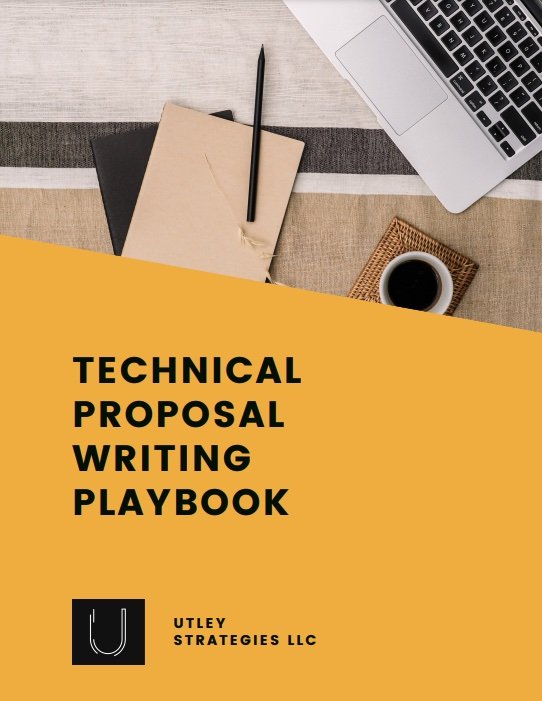5 Tips to Consistently Respond to RFPs
Being invited to respond to an RFP is both a blessing and a curse. On the one hand, you have an opportunity to secure a potentially very lucrative contract. On the other, you now have to drop everything to create a compelling proposal within a limited timeframe. It’s easy to pass on opportunities with a thought of “I’ll go after the next one”, and before you know it, it’s been months since you sent out a response to an RFP.
Fortunately, there are a few ways to make it easier to respond to RFPs regularly. Read on to learn how you can make your RFP response process easier.
Develop Easy Vetting Process
One of the most important steps in the RFP response process is reviewing and vetting opportunities so you spend time on those that are a best fit. If you don’t currently have a clearly defined process, there are several approaches you can take, ranging from a simple yes/no question document to a scoring sheet. Whatever you decide to do, make sure that the process is fast and repeatable so you don’t spend too much time deciding if you should respond. Once you make a decision, stick with it.
Maintain Strong Content Library
A good content library is essential to responding to RFPs regularly. While writing custom content for each customer sounds great in theory, in practice it results in hastily crafted language that isn’t always as compelling as you had hoped. Maintaining a content library helps mitigate this. There are several different ways to structure your content. A few of the most popular ways we see are:
Foundation of essential company content that can be used in every proposal
Content divided and tailored based on customer industry
Content divided and tailored based on solution area
Compilation of the hard-to-find content (i.e. legal language, processes, etc)
These are just a few examples of how you can structure your content library. Once you have one on hand, you will wonder how you survived without it.
Create an Easy-to-Use Template
Templates are another key time-saving piece for RFPs. While there are plenty of platforms out there to help you create your response, most companies rely on Microsoft Word for their proposals (with an exception for those who use Adobe InDesign). If you use Word, you can leverage many of the built-in features to make your template easy-to-update and save you time when you’re working on your RFP response. You can even incorporate some standard content into your template so you don’t have to access your content library.
Dedicate Time Per Week to RFPs
Of course, one of the best ways to consistently respond to RFPs is to set aside time each week to work on responses. Once you work through the steps above, you’ll have a better idea for exactly how much time it takes you to complete an RFP response, and you can plan for that time each week.
If time is the issue, you can always bring in help to meet those deadlines.
Prepare Customer References
One area that consistently takes longer than expected is compiling customer references. If you know you’re going to have to provide references in a certain area, speak with customers in advance of the RFP to get confirmation that they will be a reference. Most RFPs ask for a minimum of three, so target having at least five on hand. If you have time, you can also draft a few case studies or short write ups to include alongside the contact information.
Next Steps for Responding to RFPs
By following the steps outlined above, you’ll level many of the roadblocks that frequently prevent organizations from responding to RFPs. Now it’s time to implement these tactics!
If you need help getting started, let us know.



